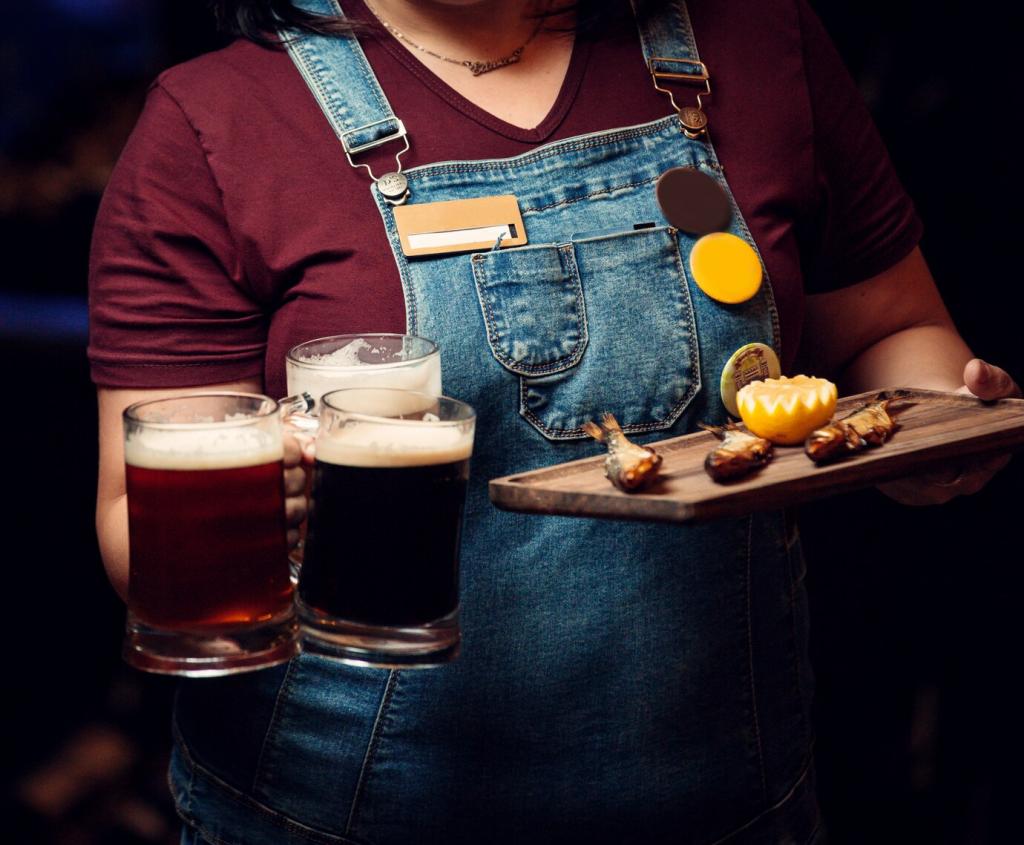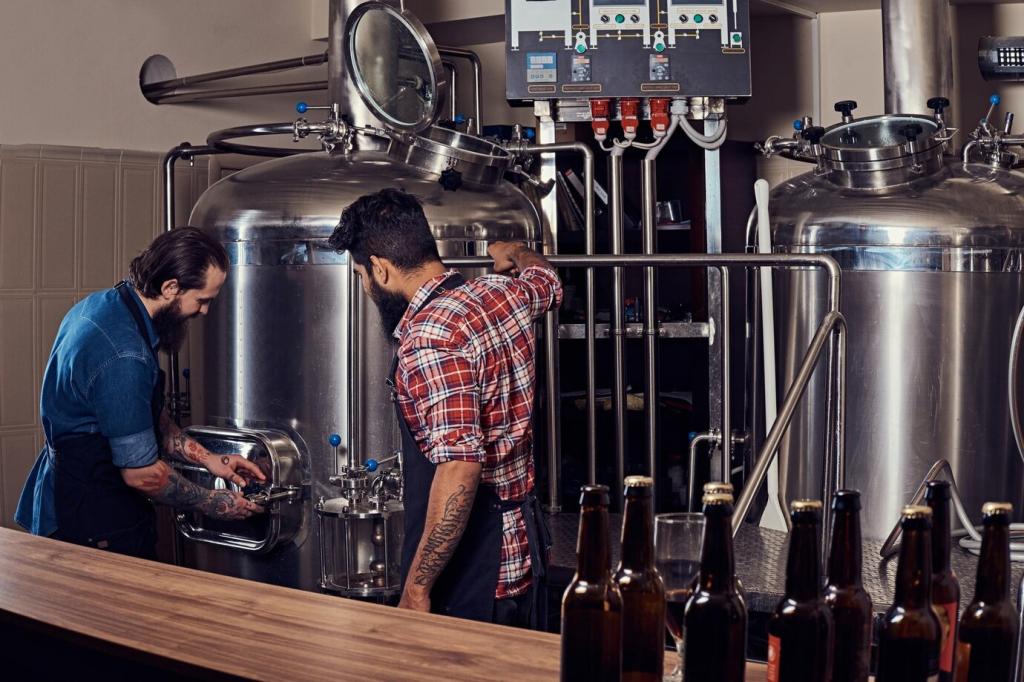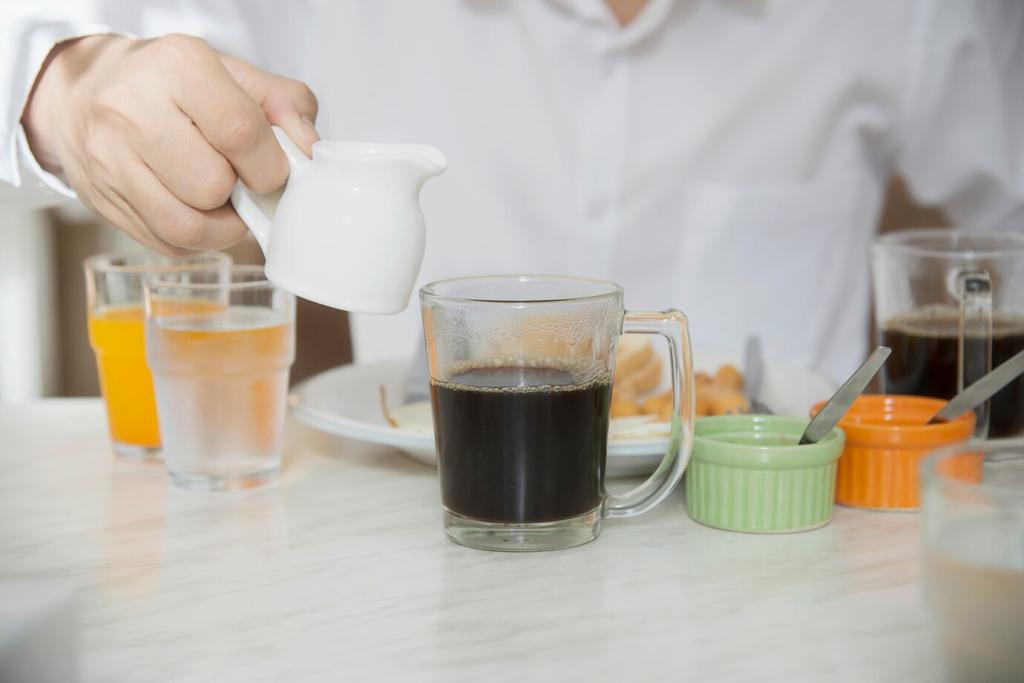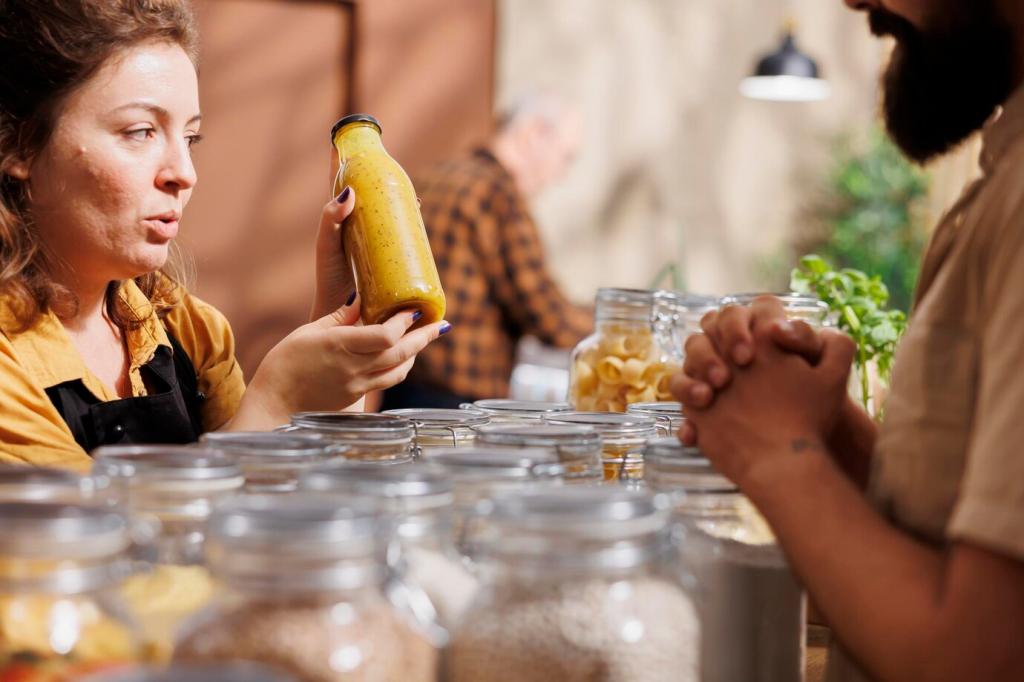
Understanding Hops Varieties and Their Effects on Flavor
Today’s chosen theme: Understanding Hops Varieties and Their Effects on Flavor. Join us as we explore how different hop cultivars shape bitterness, aroma, and nuance in beer—then share your tasting notes and subscribe for more hop-driven discoveries.
The Flavor Science Behind Hops
Alpha acids like humulone, cohumulone, and adhumulone isomerize during the boil, creating the bitterness we measure as IBU. Variety and timing matter; high-cohumulone hops can taste sharper, while longer boils smooth edges. Tell us how you balance bite and drinkability.


The Flavor Science Behind Hops
Myrcene bursts with citrus and resin, humulene leans woody and herbal, caryophyllene adds spice, and farnesene whispers floral pear. Ratios differ by variety and terroir, transforming identical recipes. Which oil profile sings to you—bright grapefruit, pine forest, or meadow flowers?


Iconic Hop Varieties and Their Signatures
Saaz, Hallertau Mittelfrüh, Tettnang, and Spalt deliver peppery spice, haylike florals, and gentle bitterness perfect for pilsners and lagers. Their restraint showcases malt and crisp fermentation. Comment with your favorite noble hop lager and what food you pair with its delicate finish.
Iconic Hop Varieties and Their Signatures
Cascade, Centennial, and Chinook brought grapefruit zest, pine needles, and a confident bitterness to the craft revolution. Their signature profile still anchors pale ales and West Coast IPAs. Do you prefer Centennial’s balance or Chinook’s resinous punch? Vote and tell us why.
Hopping Techniques That Shape Flavor
Boil Additions for Clean Bitterness
Early boil charges build structured bitterness and preserve malt clarity. High-alpha varieties reduce vegetal load, while lower cohumulone can taste softer. Keep notes on 60-minute additions versus 30-minute. Post your smoothest bittering hop and how it changed perceived dryness.
Whirlpool and Hop Stand Magic
At sub-boiling temperatures, essential oils extract without excessive volatilization. A 20–30 minute hop stand at 160–180°F captures lush aroma and restrained bitterness. Share your favorite whirlpool combo—perhaps Citra with a touch of Talus—and the temperature that unlocked its best bouquet.
Dry Hopping and Biotransformation Timing
Adding hops during active fermentation can promote biotransformation and juicy aromatics, while post-fermentation additions emphasize bright, intact oils. Beware hop creep, oxygen pickup, and hop burn. Tell us your dry-hop temperature, contact time, and whether you double dry hop or keep it simple.
T-90 pellets offer consistency and efficiency; whole cones can feel romantic and expressive; concentrated formats like cryo or Lupomax deliver intense aroma with less vegetal matter. Which form improved your yields, and did clarity or mouthfeel change in noticeable ways?
Form, Freshness, and Storage Matter
Sensory Skills and Food Pairing
Create single-hop flights from lightest to boldest aroma. Use an aroma wheel to identify citrus, stone fruit, pine, or spice. Capture notes before discussing to avoid bias. Post your flight order and any descriptors that surprised your tasting group into reevaluating a variety.
Citrusy, resinous IPAs cut through rich, spicy dishes; noble-hopped lagers complement seafood and delicate cheeses; Nelson-driven beers glow with goat cheese and grilled peaches. Share your go-to pairing and whether bitterness brightened or overwhelmed the dish. We will feature standout matches.
Brew a base wort and split it into two fermenters, dry hopping one with Mosaic and the other with Simcoe. Conduct a blind triangle test with friends. Report which glass disappeared first and the flavor descriptors that clinched the decision.
The Citra vs. Mosaic Blind Pour
We poured two hazy pints labeled only A and B. Glass A radiated mango lemonade; Glass B leaned blueberry pine. The room split evenly, then swapped votes after warming. Subscribe for the full recipe and tell us which glass you would champion.
When Saaz Met Saison Yeast
A restrained Saaz addition in a farmhouse ale yielded white pepper, lemon zest, and meadow grass over a dry, peppery finish. Friends who claim they dislike hops asked for refills. Comment if you have bridged classic hops with expressive yeast to similar magic.
Lessons from a Warm Dry Hop
One batch picked up harsh hop burn after a warm, heavy dry hop. A shorter contact time and cooler crash salvaged the next brew. Share your hop burn stories, and help others avoid that rough, green sensation on the back palate.

